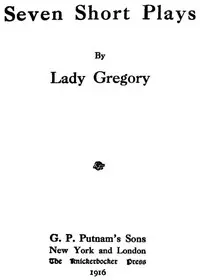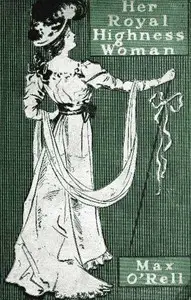"Camilla; or, A Picture of Youth" by Fanny Burney is a tale of a young woman coming of age in the 1700s. The narrative follows Camilla Tyrold as she journeys through love, family drama, and the rules of upper-class society. We meet Camilla with her gentle father and loving but firm mother, and soon after, Camilla's rich Uncle Hugh appears, wanting to be part of their lives along with his daughter, Indiana. This sets the scene for squabbles, first loves, and Camilla's journey to find herself in a world full of expectations and traditions.

Camilla; or, A Picture of Youth
By Fanny Burney
In a world of fancy dresses and strict rules, a spirited young woman must make her way through family drama and find her own path to happiness.
Summary
About the AuthorFrances Burney, also known as Fanny Burney and later Madame d'Arblay, was an English satirical novelist, diarist and playwright. In 1786–1790 she held the post of "Keeper of the Robes" to Charlotte of Mecklenburg-Strelitz, George III's queen. In 1793, aged 41, she married a French exile, General Alexandre d'Arblay. After a long writing career and wartime travels that stranded her in France for over a decade, she settled in Bath, England, where she died on 6 January 1840. The first of her four novels, Evelina (1778), was the most successful and remains her most highly regarded, followed by Cecilia (1782). Most of her stage plays were not performed in her lifetime. She wrote a memoir of her father (1832) and many letters and journals that have been gradually published since 1889, forty-nine years after her death.
Frances Burney, also known as Fanny Burney and later Madame d'Arblay, was an English satirical novelist, diarist and playwright. In 1786–1790 she held the post of "Keeper of the Robes" to Charlotte of Mecklenburg-Strelitz, George III's queen. In 1793, aged 41, she married a French exile, General Alexandre d'Arblay. After a long writing career and wartime travels that stranded her in France for over a decade, she settled in Bath, England, where she died on 6 January 1840. The first of her four novels, Evelina (1778), was the most successful and remains her most highly regarded, followed by Cecilia (1782). Most of her stage plays were not performed in her lifetime. She wrote a memoir of her father (1832) and many letters and journals that have been gradually published since 1889, forty-nine years after her death.


















